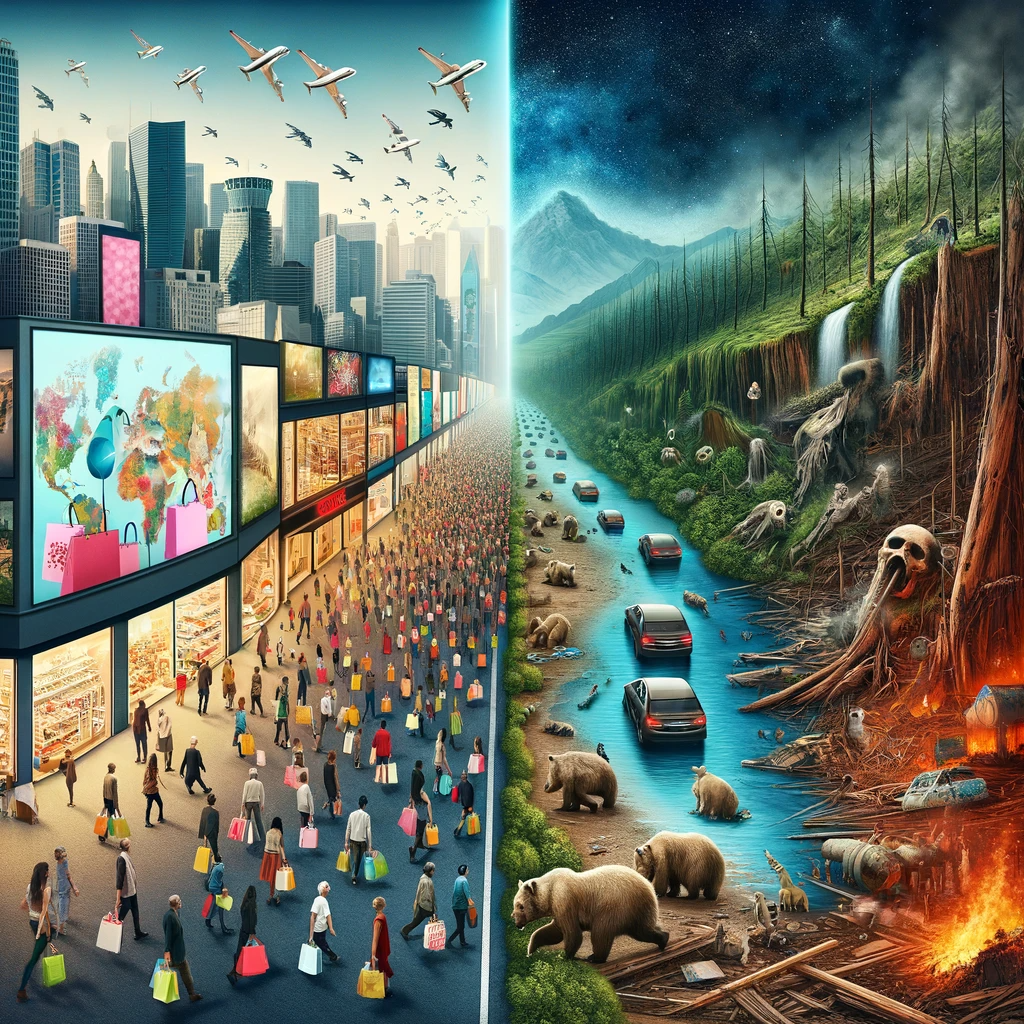3 Opposing Perspectives For Fashion
“Step into style at any age: Discover how senior fashion combines elegance, comfort, and timeless flair.”
3 Opposing Perspectives For Fashion. Having good fashion is often viewed positively for its ability to express personal style, boost confidence, and create a positive first impression. However, there are opposing perspectives to consider regarding the emphasis on and pursuit of good fashion:
Understanding these opposing perspectives helps recognize that while good fashion can have personal and social benefits, it’s important to approach it with an awareness of its broader impacts. Considering the environmental, psychological, and economic implications can lead to more informed, responsible, and inclusive fashion choices.
Elaborating on the opposing perspectives to having good fashion provides a deeper understanding of the controversies and complexities involved:
3 Opposing Perspectives For Fashion. Consumerism and Environmental Impact

Deeper Arguments:
The critique of the fashion industry’s environmental impact is extensive. The industry is one of the world’s largest polluters, with issues ranging from water pollution from textile dyeing to the accumulation of textile waste in landfills. Fast fashion exacerbates this by encouraging disposable clothing culture, where items are worn a few times and then discarded. Critics also point out the carbon footprint associated with producing and shipping garments worldwide. Moreover, there’s concern about the use of hazardous chemicals in production and the depletion of natural resources like water and fossil fuels.
Further Implications:
Addressing these concerns involves advocating for sustainable practices in the fashion industry, such as using eco-friendly materials, recycling fabrics, and reducing waste. It also means encouraging consumers to make more environmentally conscious choices, like buying less but choosing well-made, durable items, and supporting brands with transparent and ethical production processes. There’s a push for systemic change within the industry to prioritize sustainability at every level, from design to disposal.
Pressure and Unrealistic Beauty Standards

Deeper Arguments:
The fashion industry’s portrayal of beauty is often narrow and exclusive, focusing on specific body types, ages, and appearances. This can lead to widespread body dissatisfaction, self-esteem issues, and unhealthy behaviors in pursuit of an unattainable ideal. The constant bombardment of images of perfection and new trends can make individuals feel perpetually out of step with the “ideal” look, leading to a cycle of consumption as they attempt to keep up. Critics argue that this not only affects individual well-being but also perpetuates a culture of superficiality and appearance-based judgment.
Further Implications:
Advocates of this perspective might call for a more inclusive and diverse representation in the fashion industry, showcasing a variety of body types, ages, and styles. They also promote the idea of fashion as a form of self-expression rather than a means to conform to external standards. Encouraging people to dress in ways that make them feel confident and comfortable, rather than chasing trends, can lead to a healthier relationship with fashion and body image.
Cost and Accessibility

Deeper Arguments:
Good fashion being synonymous with high cost can lead to economic strain for individuals and contributes to social division. The emphasis on brand names and the latest trends can marginalize those who can’t afford them, leading to social exclusion or pressure to overspend on clothing. Critics argue that everyone should have access to quality, stylish clothing that fits their budget, and that fashion should not be a privilege of the wealthy. Furthermore, the focus on expensive fashion overlooks the creative potential of thrifting, swapping, and DIY approaches, which can be more accessible and sustainable.
Further Implications:
To make fashion more accessible, there’s a call for the industry to offer a broader range of price points and for consumers to advocate for and support brands that provide value for money. There’s also a push for changing the narrative around fashion to celebrate creativity and personal style over brand names and price tags. Promoting second-hand and vintage clothing, clothing swaps, and DIY fashion can provide more economical and unique alternatives to traditional retail shopping.
Elaborating on these perspectives highlights the multifaceted nature of fashion and its broader social, environmental, and economic impacts. While fashion can be a powerful tool for self-expression and confidence, it’s crucial to approach it with an understanding of these broader implications. By acknowledging and addressing these concerns, it’s possible to enjoy fashion in a more conscious, responsible, and inclusive way.
